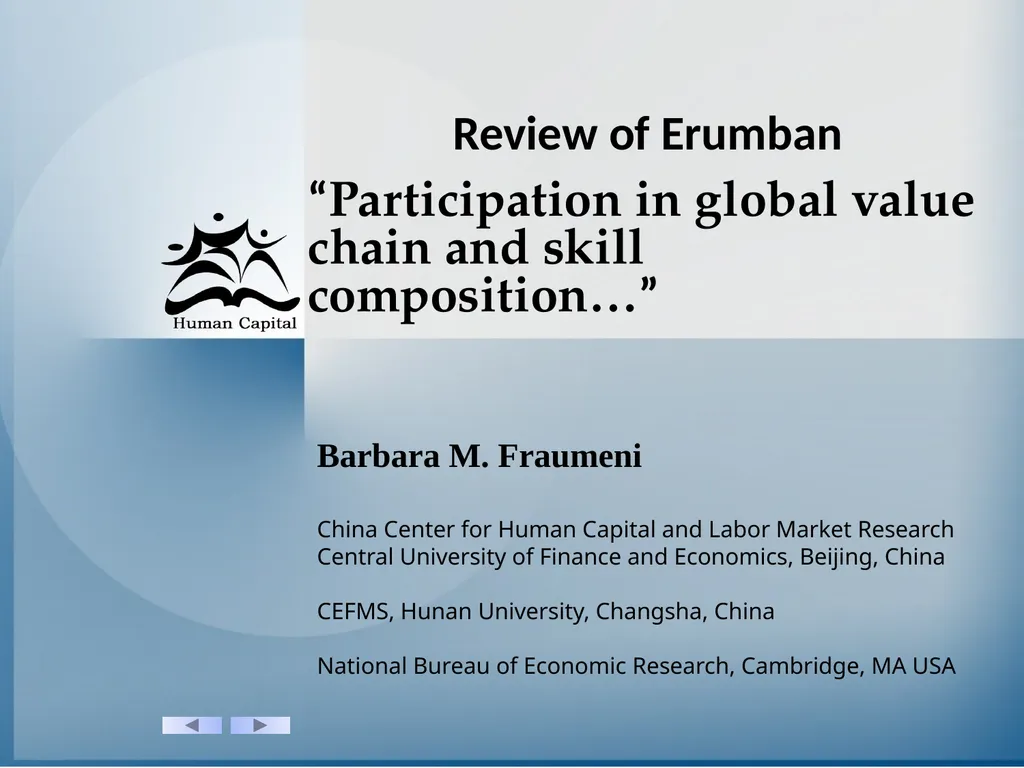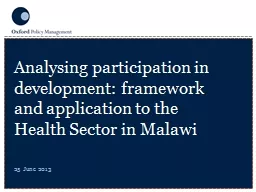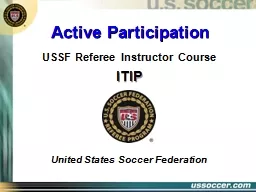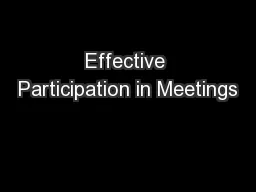Review of Erumban “Participation in global value
Author : stefany-barnette | Published Date : 2025-06-27
Description: Review of Erumban Participation in global value chain and skill composition Barbara M Fraumeni China Center for Human Capital and Labor Market Research Central University of Finance and Economics Beijing China CEFMS Hunan University
Presentation Embed Code
Download Presentation
Download
Presentation The PPT/PDF document
"Review of Erumban “Participation in global value" is the property of its rightful owner.
Permission is granted to download and print the materials on this website for personal, non-commercial use only,
and to display it on your personal computer provided you do not modify the materials and that you retain all
copyright notices contained in the materials. By downloading content from our website, you accept the terms of
this agreement.
Transcript:Review of Erumban “Participation in global value:
Review of Erumban “Participation in global value chain and skill composition…” Barbara M. Fraumeni China Center for Human Capital and Labor Market Research Central University of Finance and Economics, Beijing, China CEFMS, Hunan University, Changsha, China National Bureau of Economic Research, Cambridge, MA USA Impact of participating in the global value chain in terms of backward and forward GVC participation on the changes in the skill composition of workers in Indian industries, 1995-2018 2 Focus Angle From the perspective of India, a developing country India is unusual in that 40% of its 2023 exports are service exports Was only 20% in the mid-1990’s Unusual for an emerging country such as China as well as for the U.S., Japan, & Korea Estimate employment and wage share equations for 3 different skill categories of workers – low, medium, and high-skilled, including backward and forward GVC participation measures 3 Backward vs. forward GVC participation Backward: a country is using outputs, including goods, parts, resources, and services, provided by countries in prior segments of the value chain in production of exports Forward: the export outputs of a country are used by another country 4 KLEMS +Data 25 industries (not construction or public administration) K stock for machinery, construction, & transport equipment KLEMS+ LF surveys for employment & compensation distribution Missing years interpolated LF survey benchmarks 5 TiVA Data & TFP TiVA Backward participation: foreign value added content in gross exports as % of gross exports Forward participation: domestic value added content in gross exports as % of gross exports Aggregate TFP as a weighted average of sectoral TFP (excluding the own sector) with value added weights 6 Estimation Methodology 7 Estimation Methodology Equation was estimated with 2 variations, using: cost shares or employment shares 5 different education skill groups: below primary, primary, middle, secondary, higher and above Fixed effects panel data regression 8 9 Results from employment share equation Decrease in the employment share of high and low-skilled workers when their wage rates increase High-skilled wage increases tend to be positively associated with positive changes in the employment share of low-skilled workers Substitution between high and low skilled workers is surprising, but there are L market imperfections 10 Results from employment share equation Positive impact of increasing low-skilled wage growth on medium skilled employment share Negative impact of increasing high-skilled wage growth on medium-skilled employment share Strong and positive impact of the medium-skilled wage














